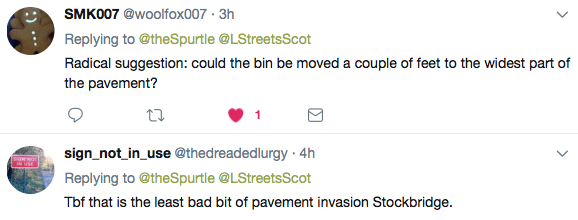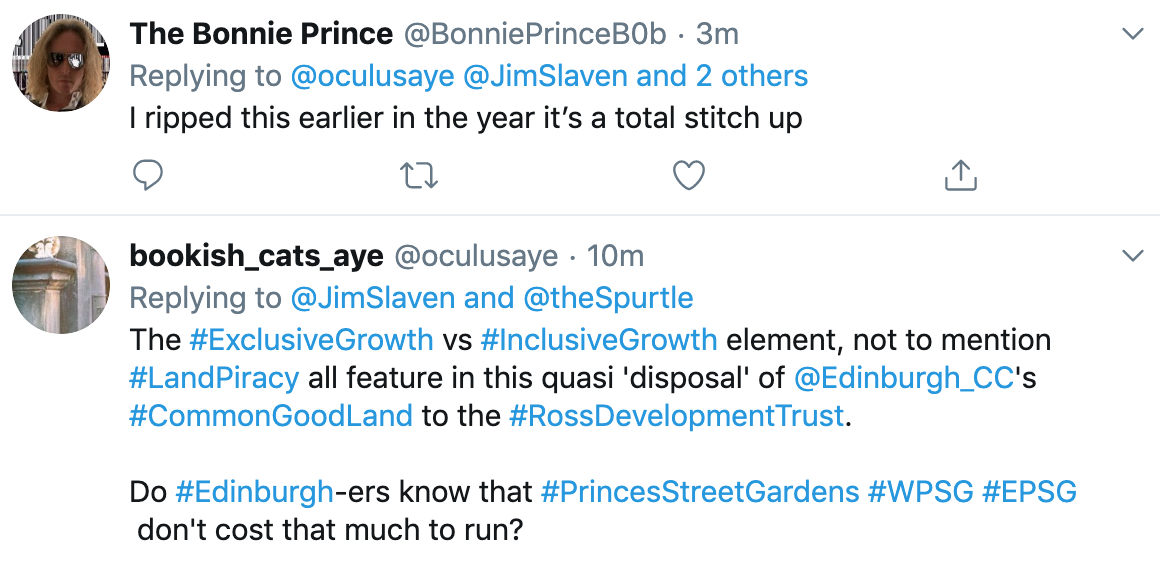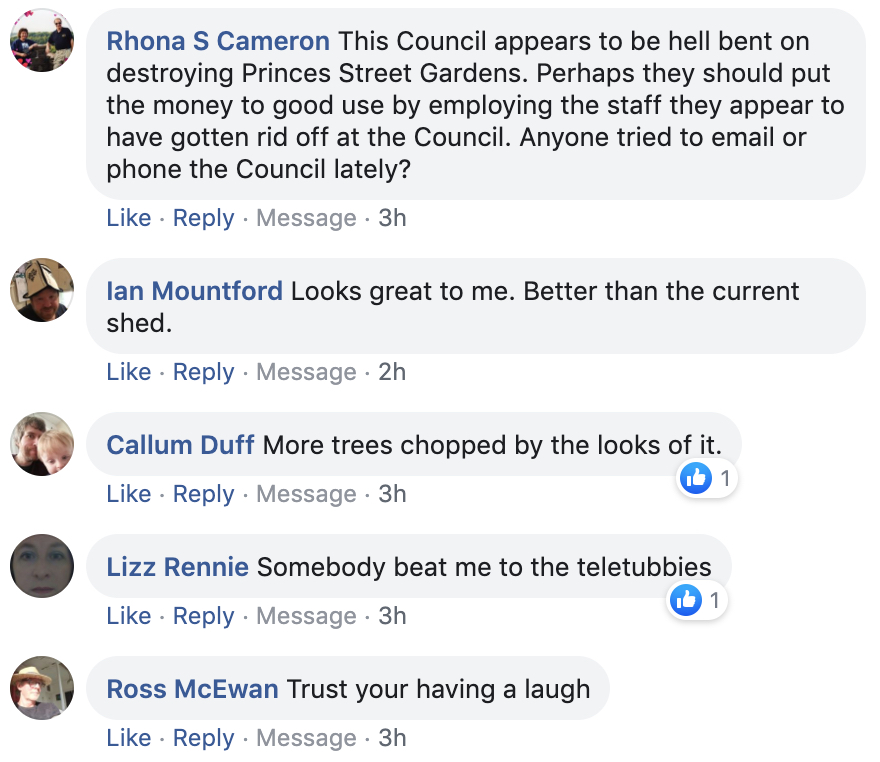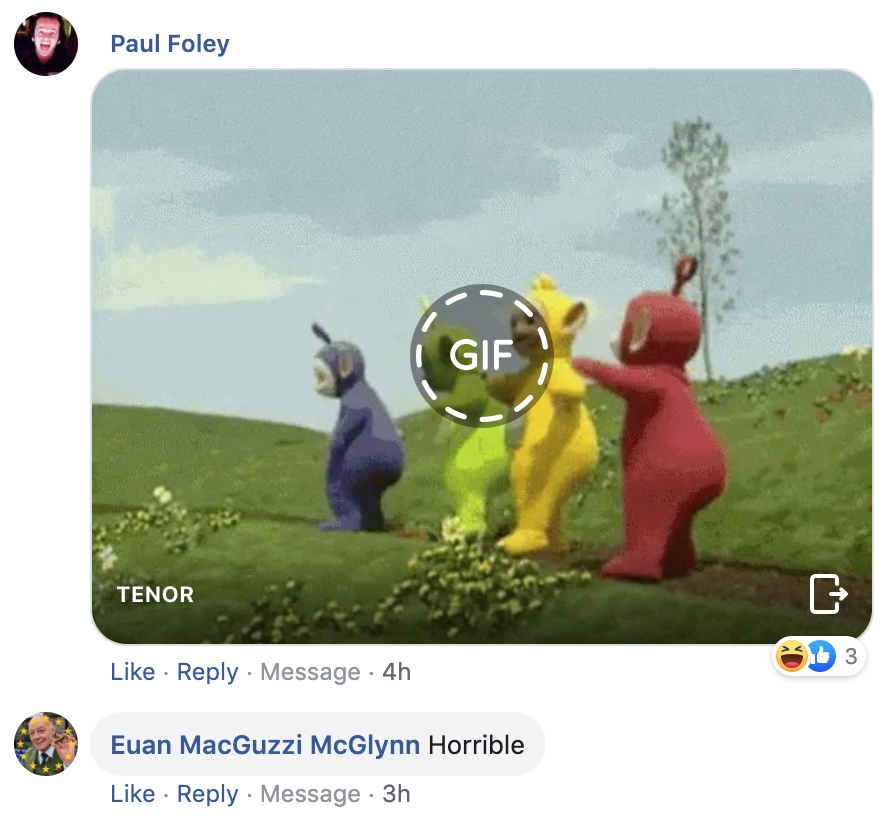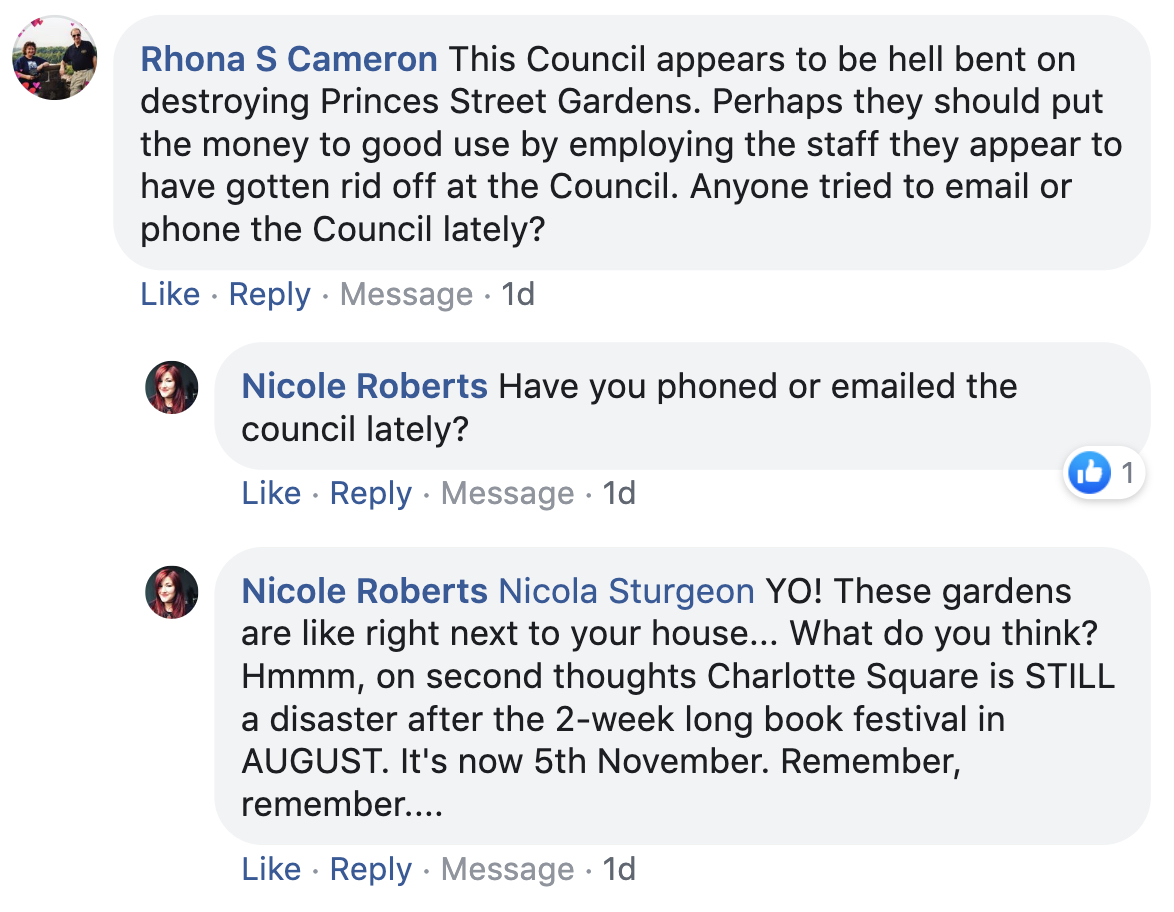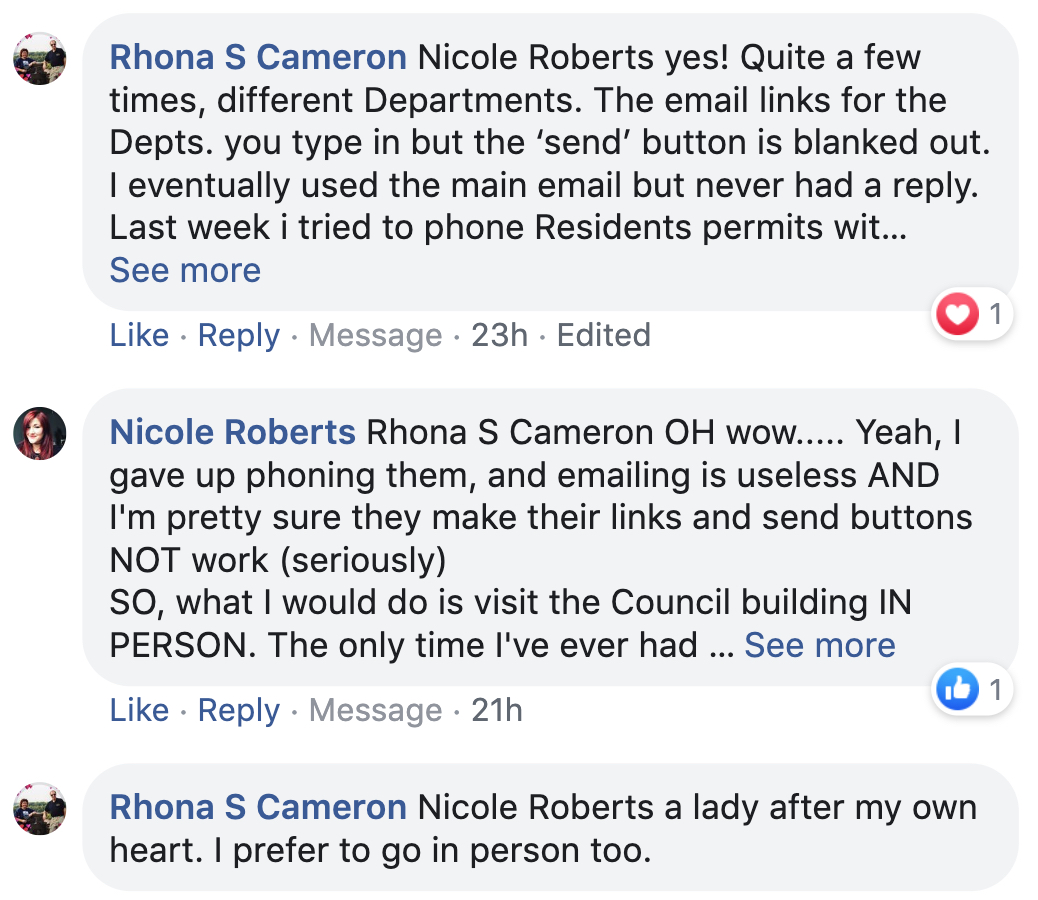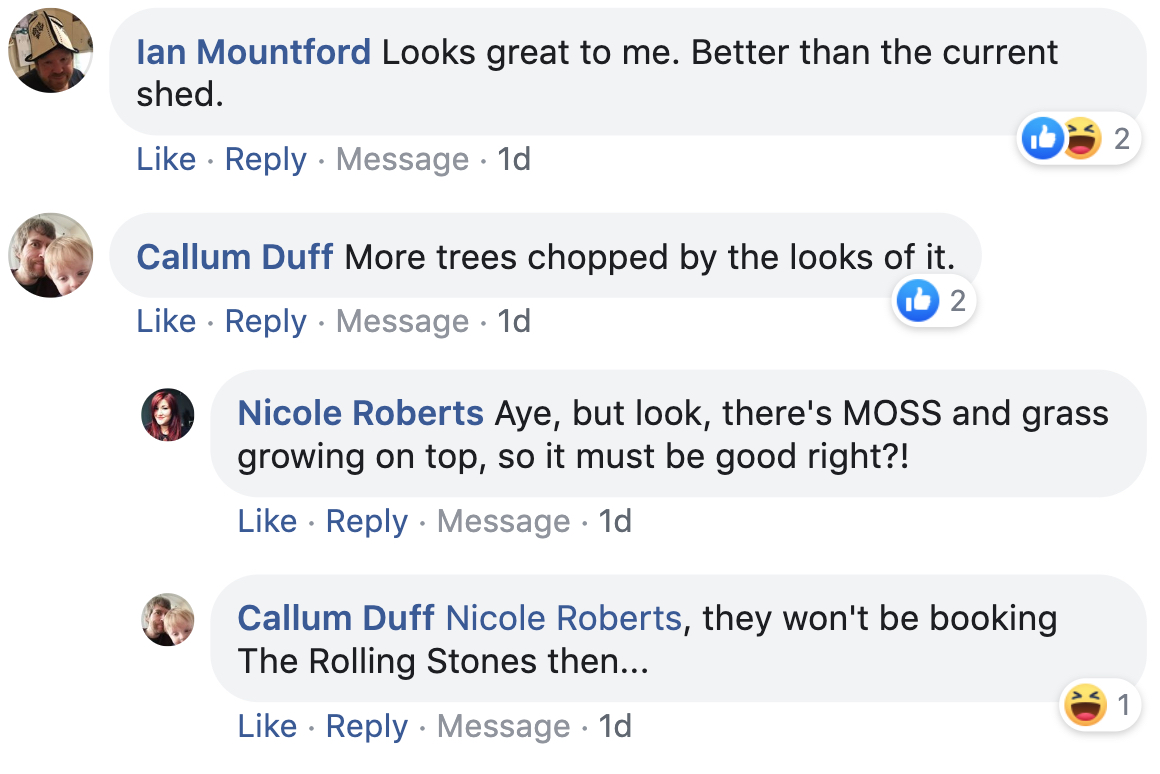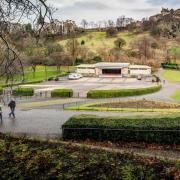
The Ross Development Trust and City of Edinburgh Council are consulting the public about proposals for West Princes Street Gardens (WPSG) as part of their Proposal of Application Notice (Ref. 19/05115/PAN).
You can access these preliminary designs and the online consultation HERE. Alternatively, from 9 November, you can attend a public exhibition at the times and places shown HERE.
Spurtle has read through the 22 exhibition boards available online, and below we raise some points to ponder.
For simplicity, this article will now refer to the Council and Ross Development Trust’s joint venture as the Quaich Project (QP). Within this, the Ross Development Trust is responsible for providing final project designs and raising money to complete it. The Council will manage and maintain WPSG, and determine the number and type of events that take place there.
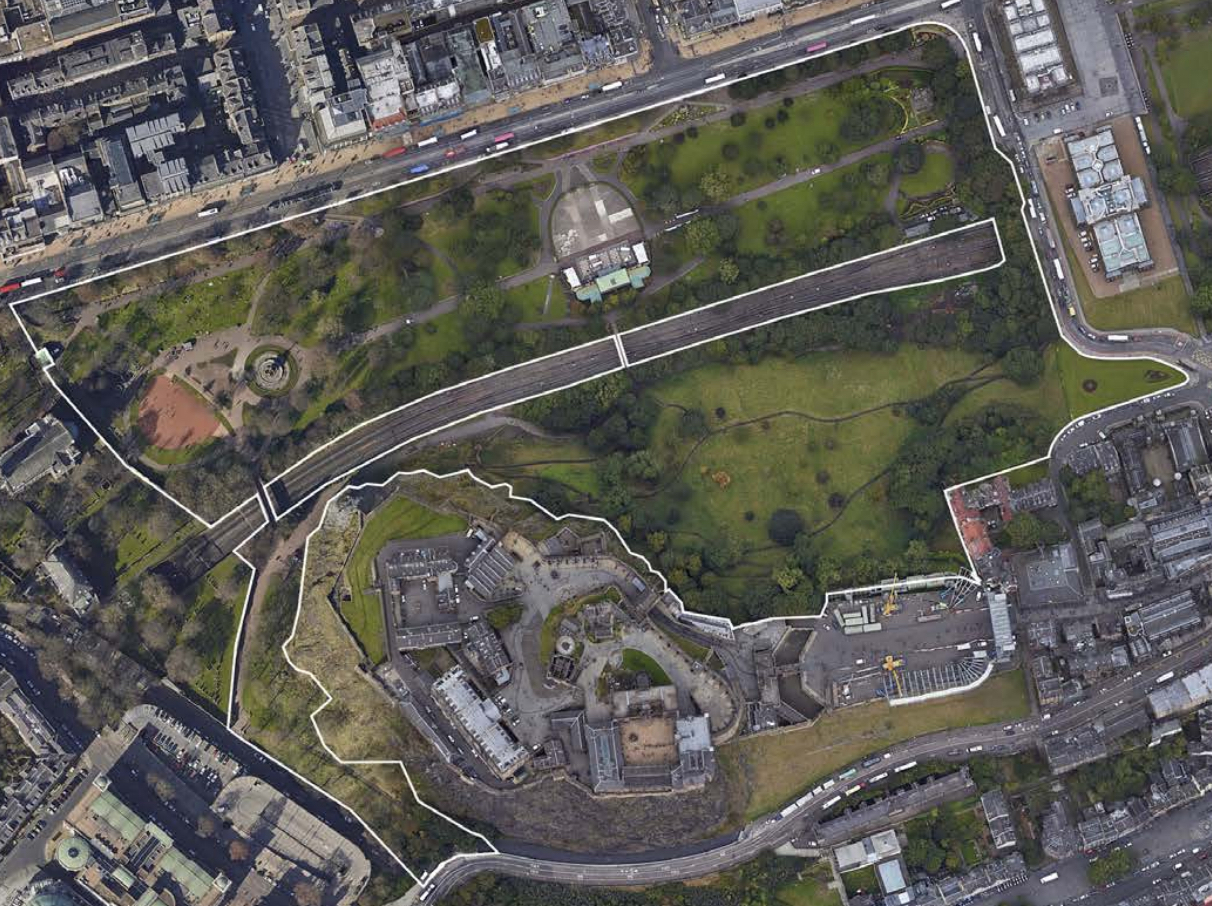
Board 1.1
QP acknowledges WPSG as a much loved asset, and asserts that ‘key features and crucial infrastructure have suffered’ because ‘over the past few decades the money available to invest in the facilities has decreased’.
Here, we simply point out that the decrease in available money is not without context. It is the result of political and hence adjustable decisions.
The Business Plan for the QP, still in preparation, will presumably demonstrate how profits will be reinvested in maintaining WPSG. We assume such profits will not be ring-fenced for WPSG, but to some extent shared between cash-starved parks across the city.
Such considerations do not form part of this consultation, but for the public to fully approve of the QP, we have first to approve of the Business Plan.
Board 1.2
In the final paragraph, we are cautious about re-imagining WPSG as ‘a space for all to celebrate and enjoy in new ways’. These new ways require further fleshing-out if we are to trust QP’s welcome promise to remain ‘respectful to the people, environment, landscape and heritage of Scotland’s capital’.
Board 2
Contains images of large crowds attending public events in WPSG. It’s a fair point – there have long been ‘events’ in the park.
But it’s also fair to note that these events were generally shorter and less amplified than those of today, were often free, and for the most part did not entail screening or excluding the public from adjacent parts of the Gardens.
Board 3
We very much welcome this assertion and aspiration:
‘The fact that West Princes Street Gardens is a garden is foremost in all the work we have done and all the work we are seeking to do. We believe that our planned improvements, through careful and sensitive design, will enhance the Gardens without jeopardising the special and unique qualities of the space.’
The difficult bit will be implementing such fine sentiments in a high-quality and sustainable way.
Board 9
We welcome the balanced approach to community, nature, reflection, and celebration. So long as the Council sticks to it.
Board 11

In general, we like wHY’s green-topped organic fold in the landscape, and its response to setting, environment, accessibility, and vehicle mitigation.
We have doubts about how well a grass roof would survive hundreds of children sliding down it. Perhaps plant thistles.
We would like to know more about how noise generated within the structure during closed events would be contained.
Board 12
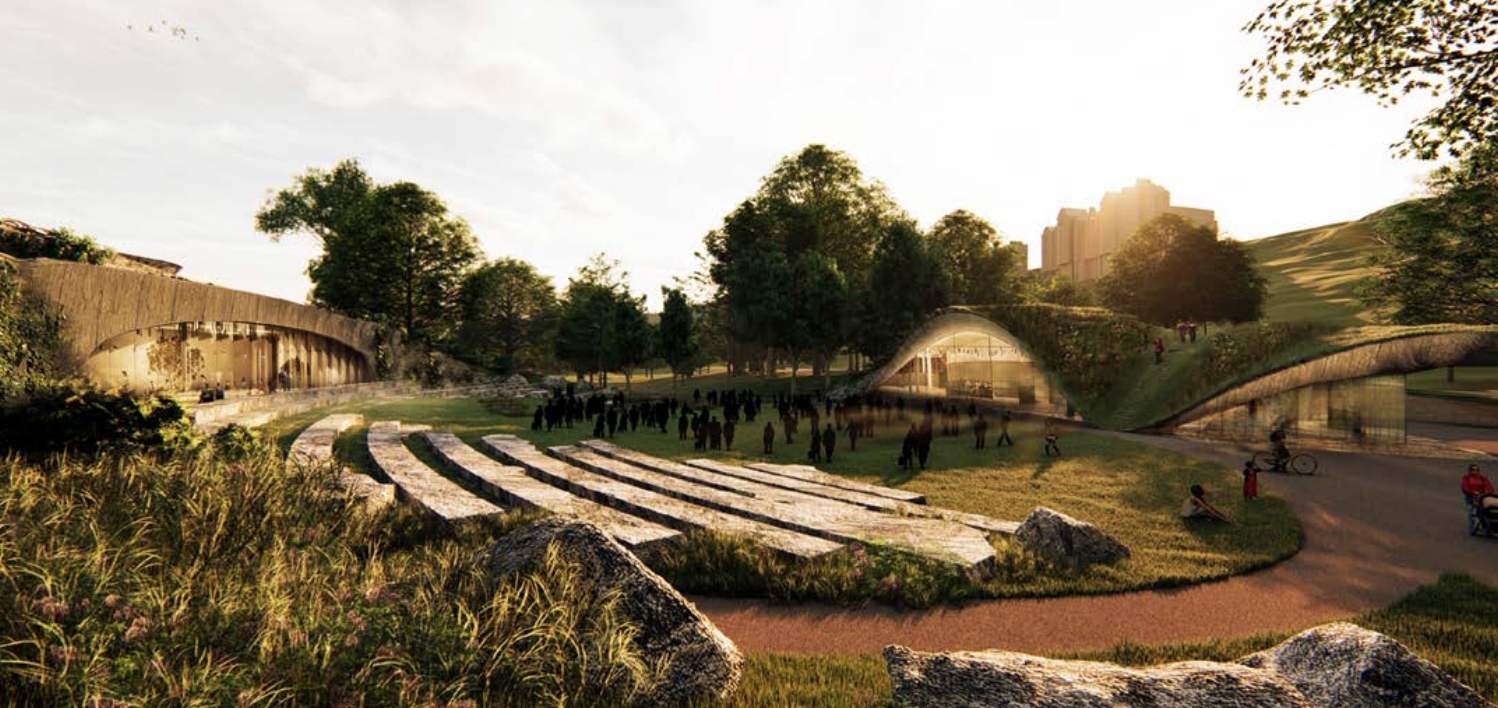
We acknowledge points in favour of a new Welcome Centre (accessible toilets, improved entrance to WPSG).
We’re less convinced about the pressing need for a café. Presumably, its most important function is not refreshment but funding ongoing maintenance of the Gardens.
The proposed structure as envisaged in the image above is large and, reminding some people of an Albanian bunker, visually more intrusive than the new bandstand it serves. Can it be reduced, disguised, or partially refashioned as a south-facing living wall?
There appears to have been recognition of such concerns, with adjustments made. These are unclearly explained on Board 13, and Board 15 confirms that this is work in progress.
Board 14
We will not miss the old Ross Bandstand and concrete amphitheatre.
Replacement seating will be ‘in a meadow of grasses and perennials’. This partial rewilding of a public green space is interesting.
It seems very much of our time: an inconsequential cosmetic gesture which flatters a sense of Scottishness whilst doing little to address bigger problems about climate change and environmental catastrophe.
Many will like it. Others may argue that it runs counter to the more formal rus in urbe envisaged by Enlightened gardeners of the past. How does this square with WPSG’s place in the UNESCO World Heritage Site?
Board 16
Almost anything would improve upon the current red blaes desert. We welcome proposals for a Family Area.
We’re lukewarm about another new coffee concession. (Catering is already proposed for the Welcome Centre. How much more caffeine and buns do we need?)
We’re even less sure about ‘a hard-standing area’ to accommodate ‘potential future uses such as outdoor film screenings or farmers markets’.
Farmers markets do not belong in the Gardens. A public desire for such commercial intrusion appears nowhere on the Board 17 feedback list. Commercial interlopers into public green space should be resisted from the outset, with restrictions on such activities enshrined in the Business Plan.
Board 18.1
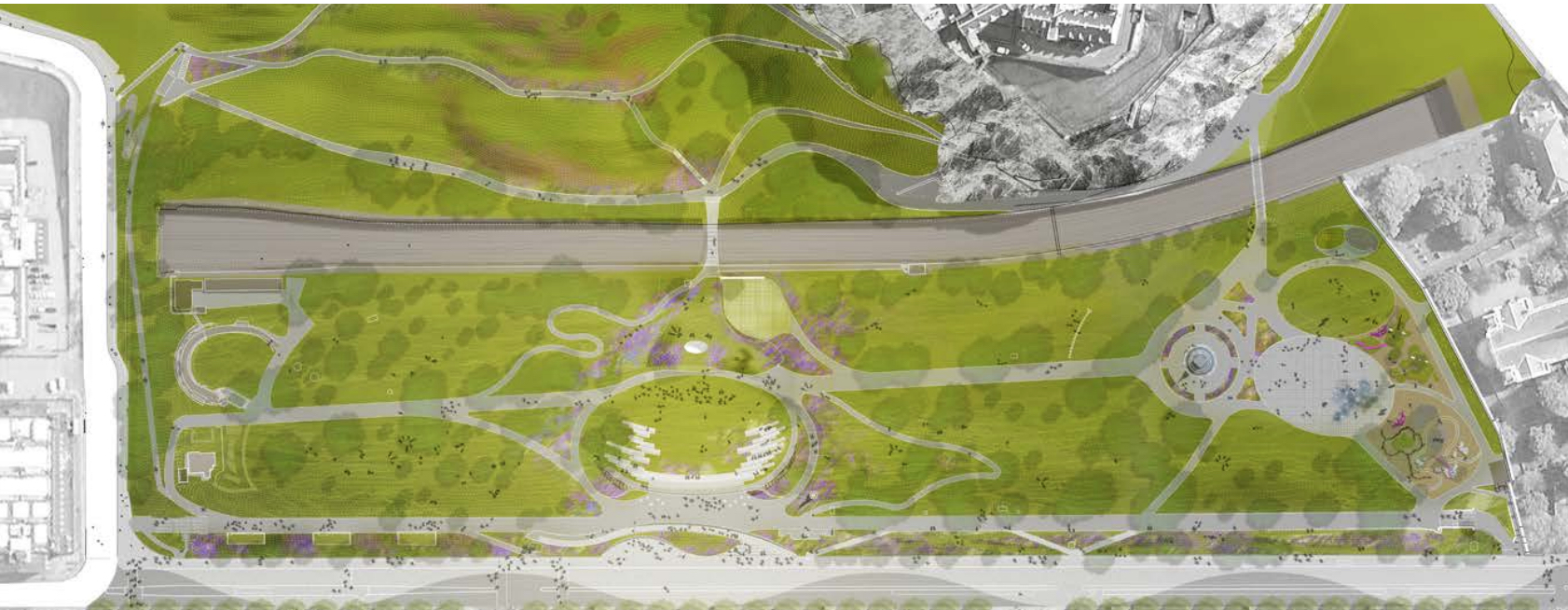
Outlines the replacement of two bridges over the railway lines.
We can see the logic of upgrading the vehicle bridge (we understand it would be capable of bearing 80 tons as opposed to the current 7.5 tons). Allowing bigger lorries into the Gardens would speed set-up and break-down for events, and thus reduce the length of time other park-users were inconvenienced.
But it could also allow the delivery and installation here of much larger temporary and seasonal structures on the hard standing (Board 16), unwelcome structures such as grandstands and Ferris Wheels and Fringe venues.
Board 18.2
As elsewhere throughout the proposals, there is mention of improved (Disability Discrimination Act) access throughout the Gardens. This is entirely fair and appropriate.
Board 19
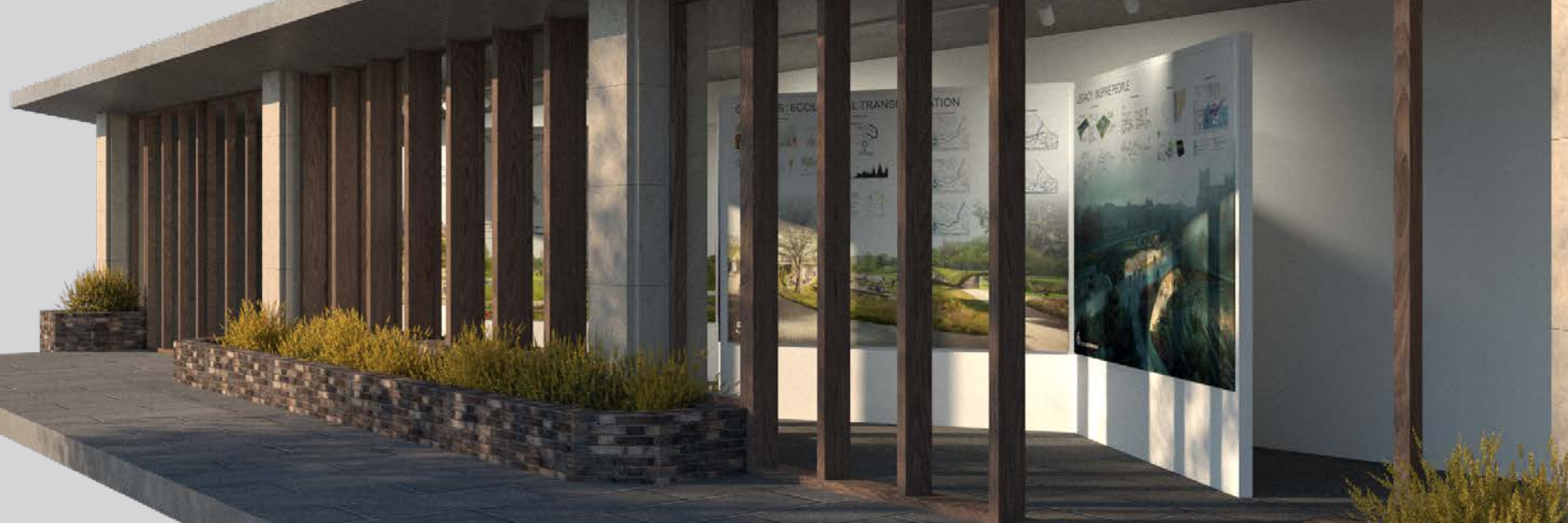
Suggests potential uses for restored shelters, of which there are three.
We would like to see at least one reserved as an uncomplicated free-to-enter space where those with no money or interest in exhibitions and local artists can shelter together from the elements.
Board 20.1
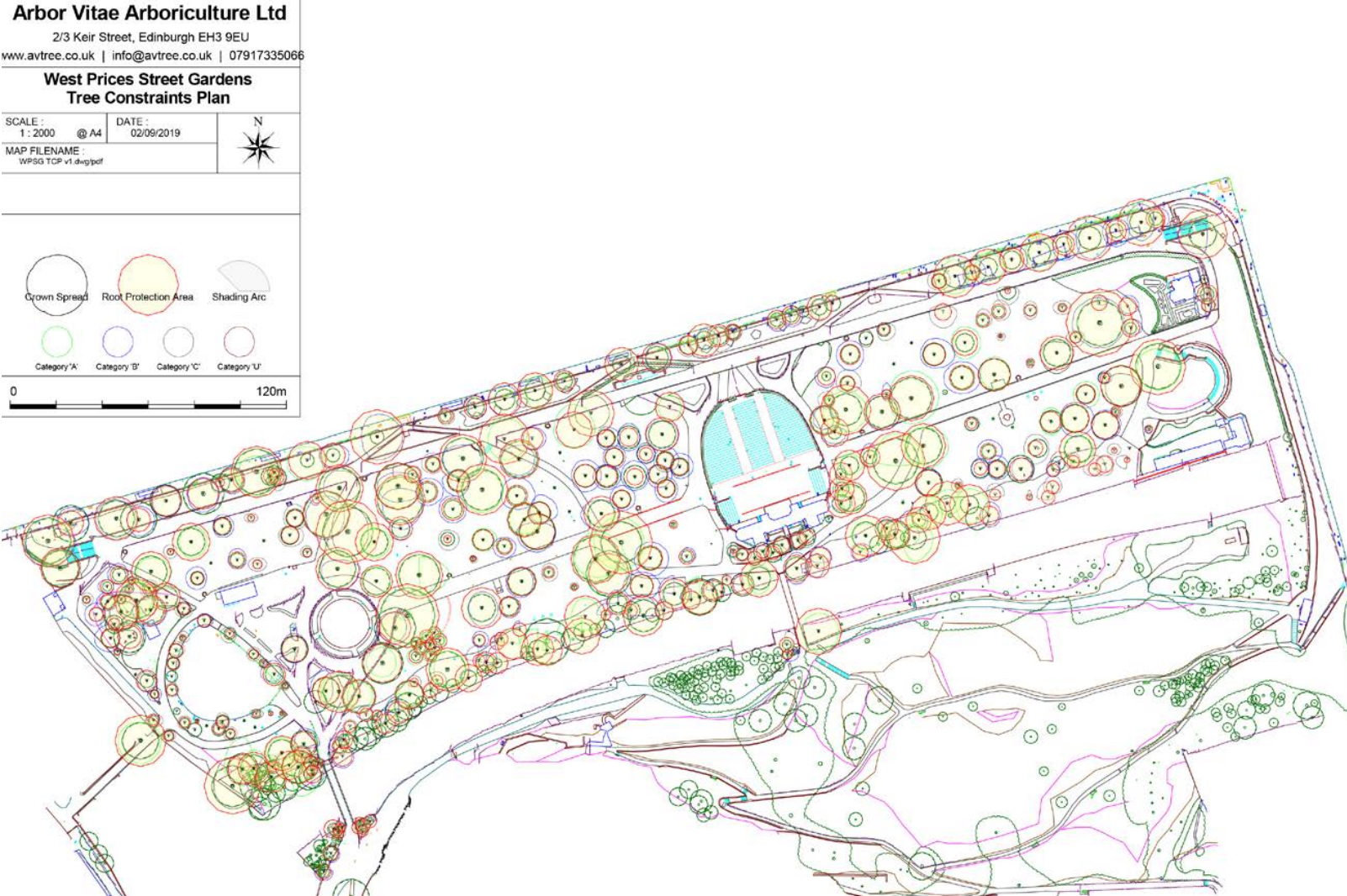
Outlines an Environmental Impact Assessment and the approach to trees. QP is clearly sensitive to local agitation.
‘We are advancing our designs and plans with full consideration of the trees within the Gardens, they are our first thought, not our last thought, when it comes to taking the design forward. If a tree is required to be removed, then there will be a detailed explanation as to why it is our only option, what benefit the Gardens gain from removing it and how we are mitigating for its loss – we could plant a new tree in the Gardens, for example.’
This seems reasonable at this stage.
Board 20.2
‘The number and type of events taking place in the future will remain the sole responsibility of the City of Edinburgh Council.’ God help us.
Board 22
QP has already raised £6M of the £25M it needs to make its vision a reality. The focus is on philanthropic individuals and organisations at the moment, but a public crowd-funding campaign will follow.
Citizens, how deep are your pockets?
Generous citizens, should you be represented by non-party-political elected members (perhaps community councillors) on any management board?
It's the Business Plan, stupid
So far, there is a great deal to like about the QP’s nicely phrased assurances and carefully crafted proposals. Well thought-out, properly executed change need not be something to fear.
The preamble to Question 3 of the consultation states: ‘The new Pavilion will continue to host five major events per year, in keeping with current practice.’ And, paradoxically, this is where Spurtle's stomach begins to gurgle in alarm.
Put simply, on the evidence of East Princes Street Gardens, we have no confidence in the Council’s willpower and competence to resist inflicting ruinous commercial exploitation on WPSG in future.
For this reason, legally binding safeguards concerning the number and duration of major events – safeguards which genuinely reflect public opinion as expressed in another recent Council consultation – should be written into the Business Plan and signed in indelible ink.
The Business Plan is crucial. It is not mentioned on the Timeline on Board 3, but we understand it will be presented in a Report to the Culture & Communities Committee in January 2020, prior to submission of QP’s full planning application in March.
There is a lot to be said for having a full, separate public consultation on the Business Plan. We can’t entrust it to officials alone, or allow the Culture & Communities Committee to wave it through with a nod and a wink and a pat on the head for doubters.
Mentioning this here is perhaps unfair to the QP consultation. Such matters do not fall within its ambit at this stage.
But the brutal truth is that there now exists such a deep lack of trust between the park-going public and those we elected that many of us can’t see past it.
The present cluster-bùrach in East Princes Street Gardens clearly demonstrates the dangers inherent in allowing the Council to operate in the shadows as both the applicant and the determining authority.
We must not make the same mistake twice.
Online consultation
Is mercifully concise and contains none of the ludicrously loaded questions we have become accustomed to in other Council exercises of this type. You have until midnight on 1 December to complete it.
Inevitably, it shapes the feedback it will receive by framing the questions asked in the first place. But there is space to write around the subject if you wish.
However, if you still feel there is insufficient depth or subtlety in the online approach, you can also also email to hello@thequaichproject.org or post every last nuanced detail to The Ross Development Trust, 32 Hailes Avenue, Edinburgh EH13 0LZ.
Got a view? Tell us at spurtle@hotmail.co.uk and @theSpurtle
-----------------
